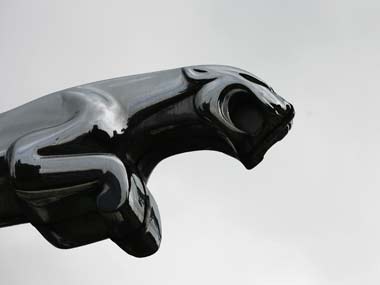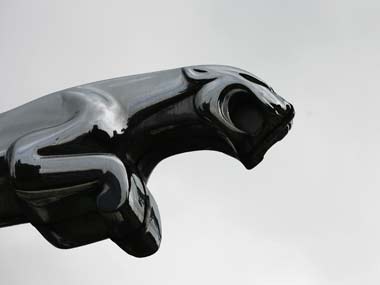When Ratan Tata launched the Nano in January 2008, the world applauded. A few months down the line that same year, when Tata bought the iconic, but bleeding, Jaguar-Land Rover brands from Ford for $2.3 billion, the world was underwhelmed.
Worldwide, the expectation was that the $2,500 car would revolutionise the car industry (the poor man’s Model T), and the $65,000 luxury brand would be a millstone around the Tata neck.
[caption id=“attachment_16256” align=“alignleft” width=“380” caption=“Reuters”]
 [/caption]
[/caption]
Actually, it’s the other way round.
JLR is paying back in spades. The Nano has barely made an impact in the cheap car market, though it is unfair to write it off as another dream car that failed to deliver.
One look at the 2010-11 results for Tata Motors tells you why. Out of the consolidated net profit of Rs 9,274 crore, just about Rs 1,812 crore came from the Indian operations of the company. The rest came from JLR and other associate companies.
Shares of Tata Motors, which is valued at about $14.8 billion, ended up 2.5% at Rs 1,162.40 ahead of the results, while the main index rose 1.1%, Reuters reports. The shares have fallen more than 13% so far this year, in line with the broader market.
JLR alone gave Tata Motors a net profit of GBP 1.043 billion (Rs 7,668 crore at current exchange rates), saving Tata the blushes of actually reporting a 20% drop in Indian profits from Rs 2,240 crore to Rs 1,811 crore.
Impact Shorts
More ShortsThe raw numbers of sales volumes tell the same story. Sales of the UK subsidiary (JLR) grew 26% while Tata Motors’ car volumes in India grew slower at 23%. The Jaguar, a car that costs 25-30 times more than the Nano even at the base price, sold nearly 53,000 cars against the Nano’s 70,000.
Even within Tata Motors, the best-selling cars were the mid-size sedans, with Tatas beating the industry average growth of 30% by a wide margin. Led by the Manza, the Tata midsize cars took off vertically at 55% over the previous year.
But despite the Nano’s tepid show so far, there’s life in it yet. Reason: the company realised early on that pitching it as a cheap car did not do the brand any good. It was never a Rs 1 lakh car to start with, given the taxes and other costs.
But the Tatas are now trying a different tack, and making it an affordable car in terms of monthly EMIs. They are not selling it as a cheap car, but one that is easy to acquire. That’s where even the volumes of 70,000 came from after sales in the second half of calendar 2010 showed a steep drop.
Quite clearly, selling a car is not about price, but value.
)